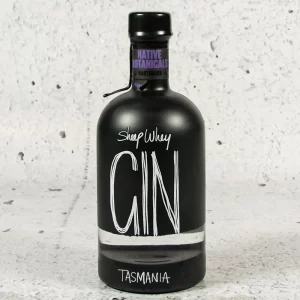Miyoshino Jozo was established in 1912. The current Toji [Master Brewer] at Miyoshino Jozo is Teruaki Hashimoto, who returned to the Kura after studying sake Brewing at Tokyo Nodai, Japan’s foremost academic ins ti tut ion of brewing studies. He started working in 2006 and became Toji in 2009. Hashimoto-san focuses on yeast which he believes is the best representation of the local environment and the acids emitted by the yeast make the resultant sake very unique.
The Hanatomoe Umeshu is made with a very high percentage of ume fruit. This gives this Umeshu an intense ume flavour which is nicely balanced with a touch of sugar.
So what is Ume?
Ume is a fruit that comes from the ‘Prunus Mume’ tree which is cultivated for both its fruit and flowers. Prunus Mume has been given several confusing common names, but is most often referred to as a plum tree and the fruit from the trees are therefore known as plums and umeshu known as ‘plum wine’. The tree is actually a native of China which was then introduced into Japan and today there are more than 350 distinct varieties of ume known in Japan. Although it is true that ume trees are part of the ‘Rosaceae Prunus’ family of trees as are plum trees, the genus also includes trees such as cherry, peach, almond and apricot, and it is actually the apricot that it is most closely related to. Flavour-wise ume has a much higher acidity level than a plum, being about 4-5% compared to 1-2% in plums and is the reason for umeshu having such a complex, tangy flavour. So ume really are a fruit in their own right, so should just be known as ume rather than translated into plum.
The fruit of the ume tree is mature by early summer, around June or early July, and the fruit is often used when green and unripe. When the ume is ripe the skin turns a warm golden colour, sometimes with a red blush, and the flesh becomes yellow. Generally fresh ume fruit are not eaten, much like most varieties of quince, they are generally too hard, astringent and sour to eat raw, so the fruit is usually made into umeboshi literally ‘dried ume’ [the pickled fruit] or used for making umeshu.
– Suppliers Notes










